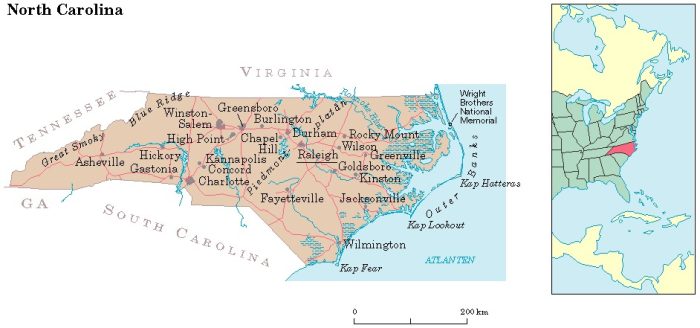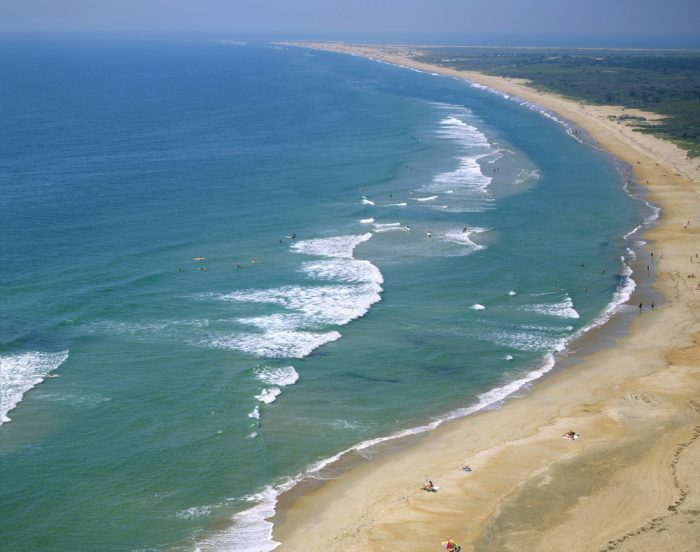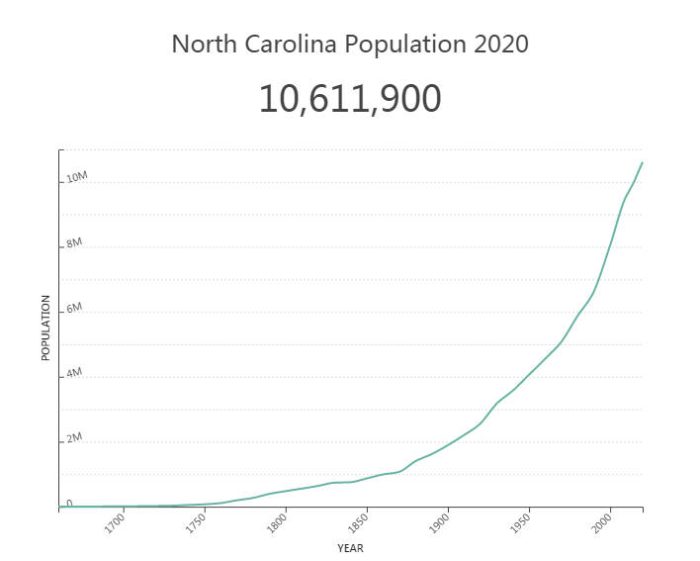Welcome to the top MBA directory in North Carolina. We have created the list of best North Carolina business colleges that provide BBA, MBA or DBA programs. Most business schools offer full-time, part-time and executive education. Such rankings are based on the student surveys, alumni reviews, admissions profiles, employment rates, average starting salary and peer school assessment. To find out detailed information about admissions and career about each school in North Carolina, just follow the link below.
- Appalachian State University Walker College of Business
- Duke University Fuqua School of Business
- East Carolina University College of Business
- Elon University Martha and Spencer Love School of Business
- Fayetteville State University School of Business and Economics
- North Carolina Central University School of Business
- North Carolina State University Jenkins Graduate School of Management
- University of North Carolina-Chapel Hill Kenan-Flagler Business School
- University of North Carolina-Charlotte Belk College of Business
- University of North Carolina-Greensboro Bryan School of Business and Economics
- University of North Carolina-Wilmington Cameron School of Business
- Wake Forest University Babcock Graduate School of Management
- Western Carolina University College of Business
- Winston-Salem State University School of Business and Economics
North Carolina [now: rθkerəla in ʹnə], abbreviated NC, US state; 139,000 km2, 10.4 million residents (2018).North Carolina is one of the southern states. The capital is Raleigh.
North Carolina. State Map.
Nature
North Carolina has three clearly defined topographic areas. The western part consists of the Appalachians, which reach their highest altitude in Mount Mitchell (2,037 m above sea level) and which largely consist of metamorphic rocks.
Central North Carolina is part of the Piedmont Plateau, which consists predominantly of deodorized crystalline rocks and forms a scenic landscape with elevations around 200-500 meters above sea level.
The coastal plain consists of muddy and sandy deposits; it has a ridge shore with deeply cut bays and elongated sandy reefs.
North Carolina. The beach strips at Cape Hatteras.
North Carolina has a subtropical climate in its eastern parts. The temperature decreases westward with the height above the sea. Charlotte on the Piedmont Plateau has an average temperature in January of +5 °C and in July of +26 ° C. The annual rainfall is just over 1,000 mm.
Population
North Carolina has for a long time had a stable population growth, during the 00s the population increased by an average of about 2 percent per year. About 71 percent of the population is white, and 22 percent are African American. Despite the industry’s strong position, nearly half of North Carolina’s population resides in rural areas, and work commuting is extensive.
The largest urban cities are Charlotte – Concord – Gastonia (2.5 million residents, 2016), Raleigh (1.3 million) and Greensboro – High Point (756 100 residents). Capital city in western North Carolina is Asheville (88,500 residents, 452,300).
Business
North Carolina’s most important industry is the industry, which is largely based on products from agriculture and forestry. Agriculture’s main crop was once cotton, but now tobacco dominates (2/5 of US production). The industry is located in an area from Charlotte over Winston-Salem, High Point and Greensboro to Durham and Raleigh. The largest importance is the tech- nology (in Greensboro and Charlotte region) and the tobacco industries (in Winston-Salem and Durham).
Otherwise there is a diverse industry, such as biochemistry and medicine companies, originating from extensive research and development efforts made in North Carolina. The main project is the “Research Triangle Park” built in the Raleigh – Durham – Chapel Hill area with strong ties to Duke University.
Tourism and gastronomy
North Carolina is not a distinct tourist state, but in some regions tourism plays a significant role. This is especially true of the Appalachian mountain areas to the west as well as parts of the coastal zone, such as the Great Smoky Mountains National Park around the Tennessee border and the beautiful Blue Ridge Parkway, which extends from there to the Shenandoah Park in Virginia.
North Carolina. Blue Ridge Parkway at Blowing Rock in central North Carolina.
The main destination on the Atlantic coast is Cape Hatteras National Seashore, an archipelago of more than 100 km, which continues north. There is Kitty Hawk and Kill Devil Hills, the place where the Wright brothers made their first flight in 1903.
In North Carolina there are also a number of battlefields, from both the Freedom War and the Civil War. Literally interested may visit author Carl Sandburg’s home 40 km south of Asheville in the westernmost part of the state.
In North Carolina, much of the old Southern state food lives on. Pork is popular, usually served as barbequed pork, eastern with a sauce of beer, mustard, pepper and vinegar, or country ham and red-eye gravy (rice with coffee and crispy pork cubes) for rice or corn cakes. The fish muddle contains no milk, which is an unusual trait in North America. Benne wafers (flirt with sesame seeds, a recipe introduced by African slaves) and especially sweet potato pie are popular desserts.
History
North Carolina was colonized in the 1650s, when settlers moved there from Virginia, and in 1729 became the British Crown Colony. North Carolina was one of the 13 states that formed the United States in 1776. During the Civil War (1861–65), North Carolina took a long stand for the South.
Agriculture, mainly tobacco and rice, was a major industry for a long time. From the 1870s, North Carolina underwent a modernization process following the expansion of the railroad network and developed into the most industrialized state in the South.
Politically, racial issues have been dominant in the 20th century, though not as inflamed as in many other southern states. The Democrats have long been the dominant party but are now relatively equal to the Republicans.




